Reflecting on the Battle of the Bulge during December 1944 and January 1945, Troy Middleton, former VIII Corps commander, said, “Patton’s principal worth was that he kept things moving. He kept everybody else moving—not only his juniors but his seniors. Otherwise, during the Battle of the Bulge, there would have been a tendency to play Montgomery—to dress up the lines instead of getting in there and hitting the Germans hard.”
Middleton’s observations are sound, but in 1939, the Army’s senior leaders had already selected the unpopular and irascible Patton for retirement and obscurity. Patton was not the only one. In the 1920s, the Army’s senior leaders sidelined Colonel Billy Mitchell and Brigadier General Adna Chaffee. Mitchell wanted to develop air power. Chaffee wanted to build the armored force. Thanks to the outbreak of wars in Poland and Western Europe, the ideas survived, and Patton survived, but only barely in time to be used in World War II.
Today, the potential for high intensity conventional warfare between great powers looms large. The next president and his administration must recognize that high intensity conventional warfare demands much more character and competence than they will find in another cohort of three- and four-star “Yes Men” with brush cuts, and bright eyes wearing a uniform from the distant past (minus its gold buttons)...
To read more visit The American Conservative.
























